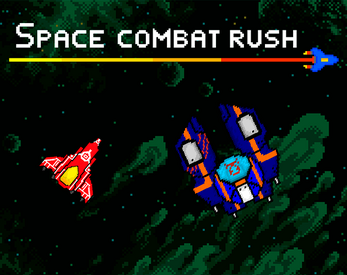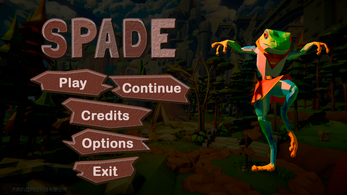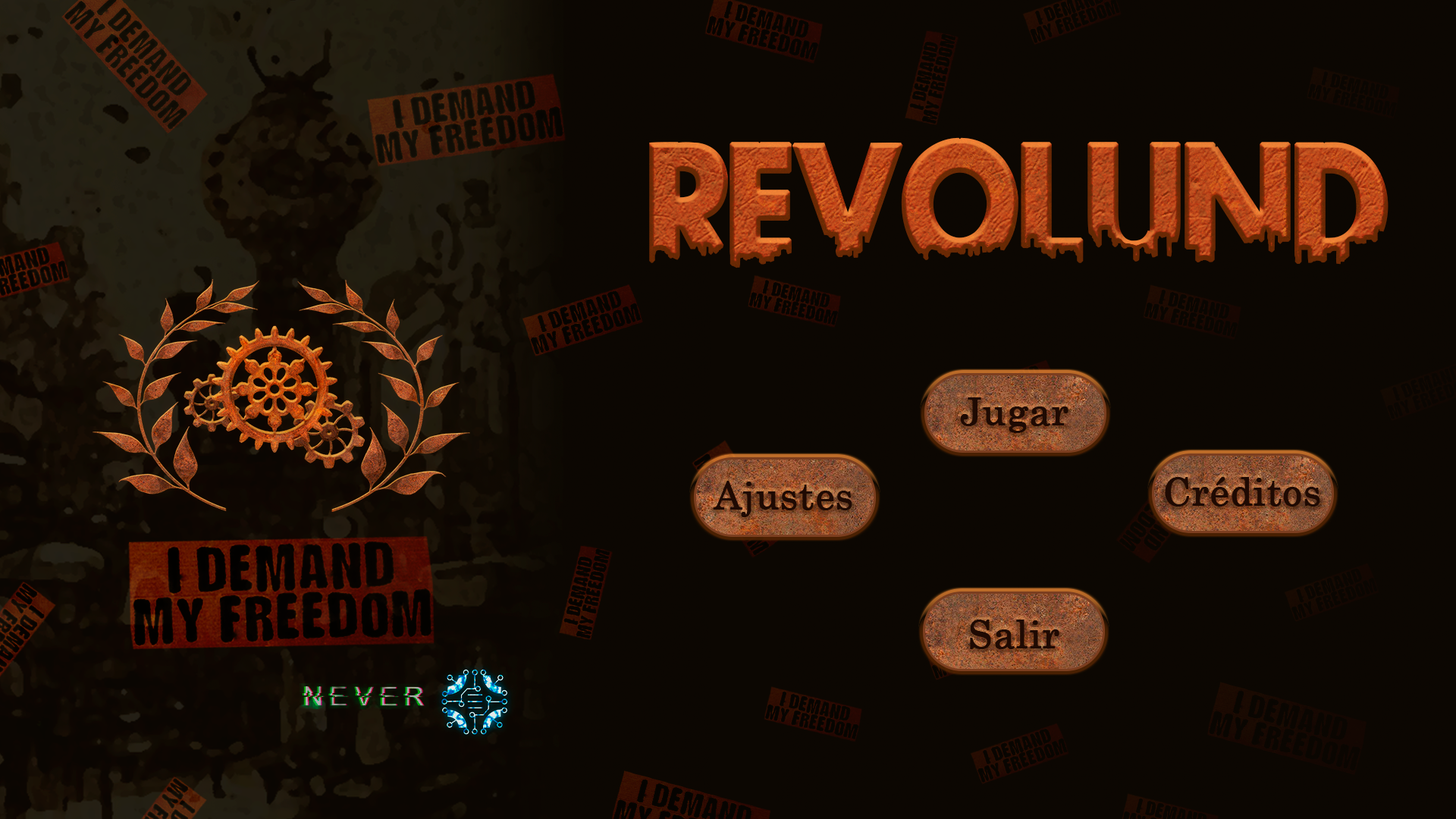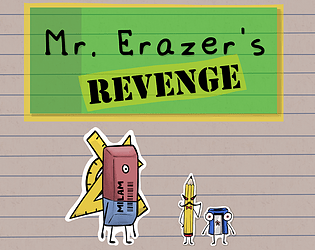Programming Portfolio
I started programming when I was in high school because I had always loved video games and wanted to try making them on my own. This led me to create a Minesweeper game and a Snake Game with console graphics in Python. However, it was throughout my degree in Video Game Design and Development that I learned most of the programming fundamentals I know today. In recent years, I've learned many programming languages, from Assembly and C# to HTML, Octave, and Java. However, I recognize that learning never stops, and there is always more to discover. During my studies, I had the opportunity to work on a variety of projects. These projects not only helped me strengthen my technical skills but also taught me how to solve complex problems and think more creatively, as well as develop strong communication and team organization skills. As I continue to develop my knowledge, some of the most recent aspects I have learned are reflected in the games I present below, each representing an important part of my evolution as a programmer and video game developer.
Space Combat Rush 3D

Developed in Unity
Synopsis
It is a Hero Shooter multiplayer game where players fight in 1v1 matches until one defeats the other in a best of 5 rounds. The twist of the game is that each player can customize the appearance and weapon of their ship for each match.
Systems programmed
Client-server communication for player input and ship customization. Implementation of basic program architecture. Basic game mechanics and matchmaking system.
Learning gained
This project is still ongoing, but so far I have learned how to develop somewhat larger projects, starting with designing a good code structure and a UML diagram from which to create the necessary interfaces and abstract classes. I have also learned a lot about the inner workings of multiplayer games and how to establish proper communication for each mechanic.
Spade

Developed in Unity
Synopsis
It is a 3D platformer game for a single player, where you are a frog who must reach the top of the well to acquire a powerful artifact (although nobody said it would be easy). It is inspired by games like Jump King or Getting Over It.
Systems programmed
Basic game mechanics, including character movement, jump mechanics (the longer you charge, the higher the jump), and the character's health bar.
Learning gained
This game was for a course in which we learned to use programming patterns, so what I learned most from it was how to use patterns such as Singleton and Command.
The Inner Doors

Developed in Unity
Synopsis
It is a Thriller game for a single player, where you find yourself in a futuristic hotel as a witness to a crime and must figure out who the murderer is. The game is narrative-driven, with mechanics revolving around mini-games that provide clues about the killer as you complete them.
Systems programmed
Mini-games of Shooting ducks and Car racing, along with general debugging of the game.
Learning gained
With this game, we earned 2nd place in a Gamejam and presented it at the Guerrilla Game Festival. During the development, I learned that adding too many different mechanics in a game can be quite complex and that it's important to have a complete project plan before diving into coding.
Revolund

Developed in Unity
Synopsis
It is a turn-based RTS game set in a world where Cyberpunk people have taken over Steampunk. In it, the player must help lead the revolution against Cyberpunk.
Systems programmed
Operation of all interfaces, including game settings and troop store within the game. Implementation of a tutorial and troop movement and interactions.
Learning gained
This game was a project for the Human-Computer Interaction course, and I have bittersweet memories of it because we had to kick out one of the team members. Nonetheless, I learned the importance of having tutorials, good usability, and accessibility options in games.
KROOM
Developed in C++ and OpenGL
Synopsis
It is a very basic shooter inspired by DOOM, where the player must survive as long as possible on a platform while alien crabs appear to defeat.
Systems programmed
Player movement and shooting mechanics. Enemy movement mechanics. Graphics engine and game engine.
Learning gained
This game was for a course where we had to create a game from scratch, including building our own graphics engine. Therefore, I learned a lot about how game engines work under the hood and how they render real-time images, as well as how to program in C++ and OpenGL.
Mr. Erazer's Revenge

Developed in Unity
Synopsis
It is a very difficult 2D platformer where you are an eraser trying to defeat the evil Monsieur Lapiz.
Systems programmed
Level 2 of the game, where the player can move and attack, but cannot jump. Implementation of all animations based on input.
Learning gained
This was the game we presented in our first Gamejam in the degree. From it, we learned a lot about how to use Unity and that games need to be intuitive for the player.